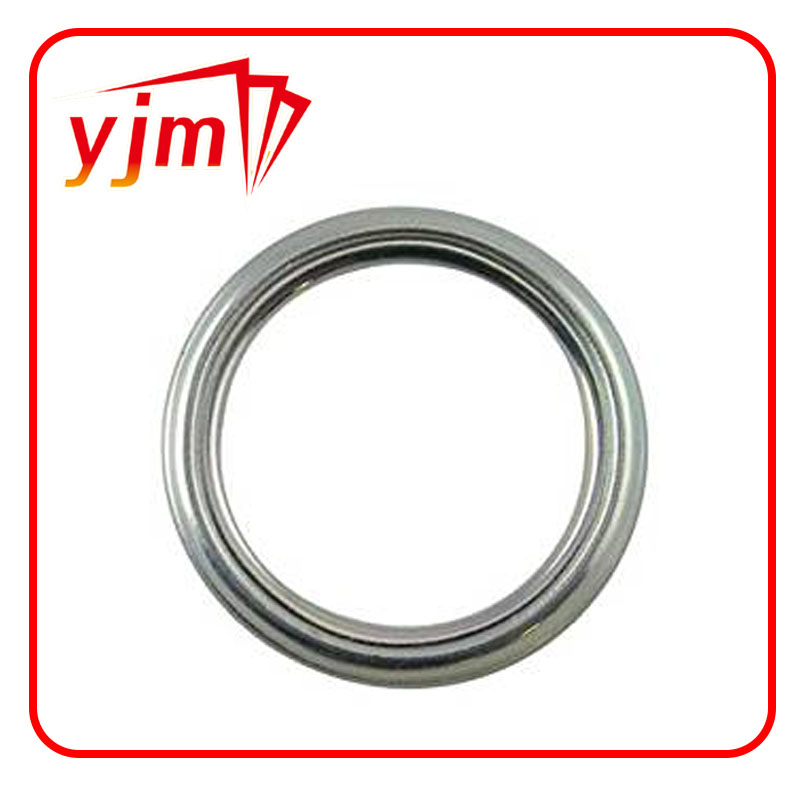Efficient Shaft Sealing Solutions for Reduced Leakage and Enhanced Performance in Machinery
Understanding Dripless Shaft Seals A Comprehensive Overview
Dripless shaft seals are essential components in various industries, ensuring efficiency and reliability in machinery that involves rotating shafts. These seals play a critical role in preventing the leakage of fluids, thereby contributing to the overall functionality and longevity of equipment. This article explores the significance, functionality, types, and applications of dripless shaft seals.
What is a Dripless Shaft Seal?
A dripless shaft seal, also known as a mechanical seal, is designed to prevent the escape of fluids from rotating equipment while allowing smooth operation of the shaft. Unlike traditional seals, which may allow drips or leaks, dripless seals are engineered to maintain an effective barrier against the escape of oils, water, or other fluids. This is particularly crucial in scenarios where leaks could pose safety hazards, environmental concerns, or lead to costly downtime.
How Do Dripless Shaft Seals Work?
The working principle of dripless shaft seals involves the use of two main components the seal face and the mating ring. The seal face is mounted on the rotating shaft, while the mating ring is fixed to the stationary part of the equipment. When the shaft rotates, these two components create a barrier that prevents fluid leakage. The pressure difference between the inside of the equipment and the external environment helps to maintain the seal's integrity, ensuring a tight fit and reducing the potential for leaks.
One of the key advantages of dripless shaft seals is their ability to adapt to varying pressure conditions. They are engineered to handle shifts in temperature and pressure, making them suitable for a wide range of operational conditions in industries such as automotive, marine, and manufacturing.
Types of Dripless Shaft Seals
Dripless shaft seals come in various styles, each tailored for specific applications. The most common types include
1. Lip Seals These seals use flexible lips that contact the shaft surface, providing effective sealing against liquids and preventing leaks.
2. Mechanical Seals Consisting of rotating and stationary components, mechanical seals are ideal for high-pressure applications and are widely used in pumps and compressors.
dripless shaft seal

3. Gland Packing This traditional sealing method uses packing material to form a barrier around the shaft. While it can be effective, it often requires maintenance and tends to be less reliable than modern alternatives.
4. O-Ring Seals O-rings are circular seals that create a tight fit within a groove, forming a barrier against fluid escape. They are versatile and can be used in rotating shafts, static applications, and more.
Applications of Dripless Shaft Seals
Dripless shaft seals are used in various applications across multiple industries. Some notable examples include
- Pumps In fluid handling systems, keeping liquids contained is crucial. Mechanical seals in pumps help maintain efficiency and reduce maintenance costs associated with leaks.
- Motors In electric and combustion motors, dripless seals prevent lubricant leaks, ensuring that the motor operates smoothly and efficiently.
- Automobiles Dripless seals in vehicles contribute to overall performance by preventing oil and coolant leaks, thus enhancing the longevity of engine components.
- Marine Equipment In boats and ships, effective sealing mechanisms help prevent water ingress while allowing for the smooth operation of rotating shafts, which is vital for safety at sea.
Conclusion
In conclusion, dripless shaft seals are vital components in modern machinery. Their ability to prevent leakage not only enhances performance but also promotes safety and efficiency across various industries. Understanding the different types and applications of these seals allows engineers and technicians to choose the best solutions for their specific needs, ultimately leading to reduced maintenance costs and improved operational reliability. As technology advances, the design and materials used in dripless shaft seals continue to evolve, promising even greater efficiency and performance in the future.
-
The Ultimate Guide to Car Repair Kits: Tools and Essentials Every Driver Should Own
News Aug.01,2025
-
The Complete Guide to Oil Pan Gaskets: Sealing Engine Leaks the Right Way
News Aug.01,2025
-
Preventing Oil Leaks: A Complete Guide to Oil Pan Gaskets and Drain Seals
News Aug.01,2025
-
Everything You Need to Know About Oil Pan Gaskets and Drain Plug Seals
News Aug.01,2025
-
Essential for Car Owners: How to Use a Car Repair Kit to Deal with Minor Breakdown
News Aug.01,2025
-
Comprehensive Guide to Engine Oil Sump Gaskets and Related Seals
News Aug.01,2025
-
The Ultimate Guide to Boat Propeller Bearings and Trailer Wheel Bearings
News Jul.31,2025
Products categories















